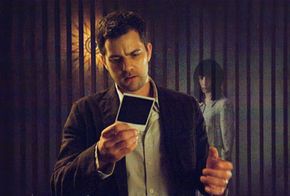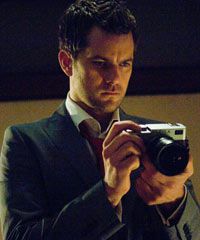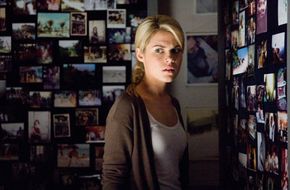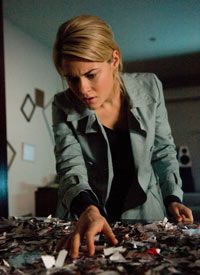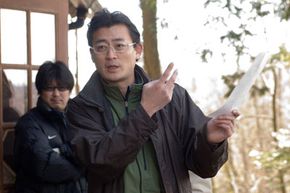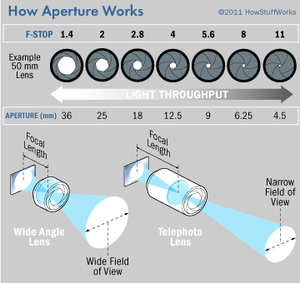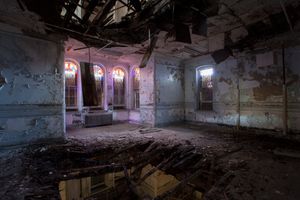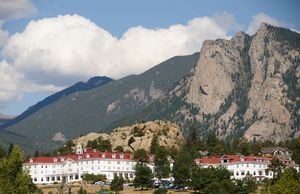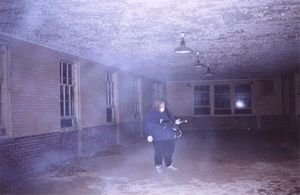Four years ago, the movie "Shutter" scared the wits out of Thai audiences and became a runaway box office success. Now the ghost story with a twist has been remade in very United Nations fashion, shot in Tokyo by a Japanese director working with Canadian, Australian, American and Korean actors.
Advertisement
The language barrier posed a few problems from the get-go for the international crew -- director Masayuki Ochiai doesn't speak English. There were also the challenges of altering cultural elements of the story for a Western audience and shooting on location in crowded Tokyo. The cast also faced very real and often daunting adjustments in adapting to a foreign culture and customs during the three-and-a-half month shoot in spring 2007.
"Shutter" follows a couple who flee a hit-and-run accident and are then haunted by the victim, who shows up in their developed photos and is revealed to have a past connection to the young man. Joshua Jackson ("Dawson's Creek"), a native of Vancouver, British Columbia, plays photographer Ben, who's newly married to Jane (Australian Rachael Taylor of "Transformers"). The couple travel to Japan when he's hired to shoot a fashion layout there.
The remake is told from the female protagonist's point of view instead of the male's and relocated from New York City to Tokyo to heighten Jane's sense of unfamiliarity and isolation. The film delves into the world of spirit photography, a familiar phenomenon in Asia that also has believers in America. HowStuffWorks tracked down an expert in the field to help explain how it works, and his insights -- in addition to interviews with the lead actors and producer Taka Ichise --will give you a better understanding of the film.
Advertisement
